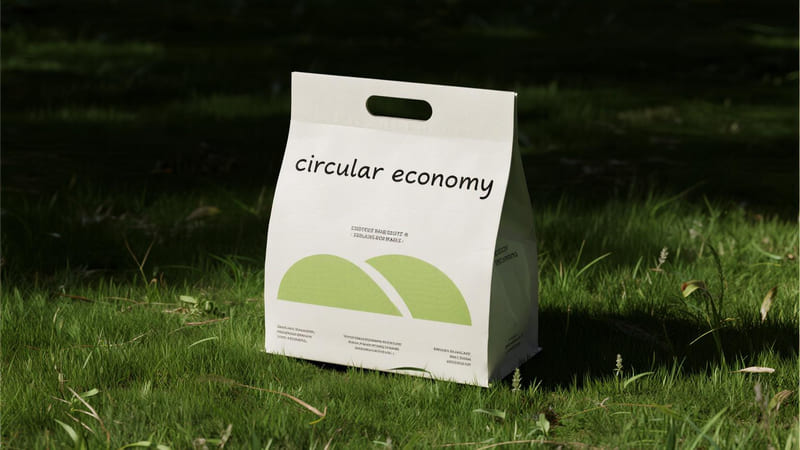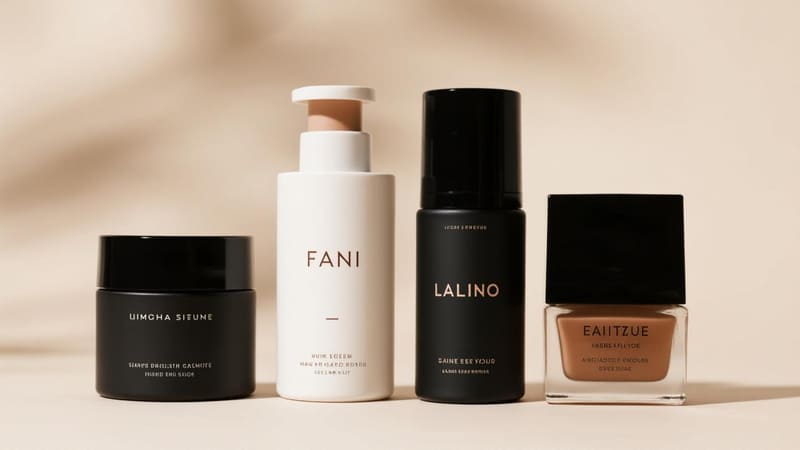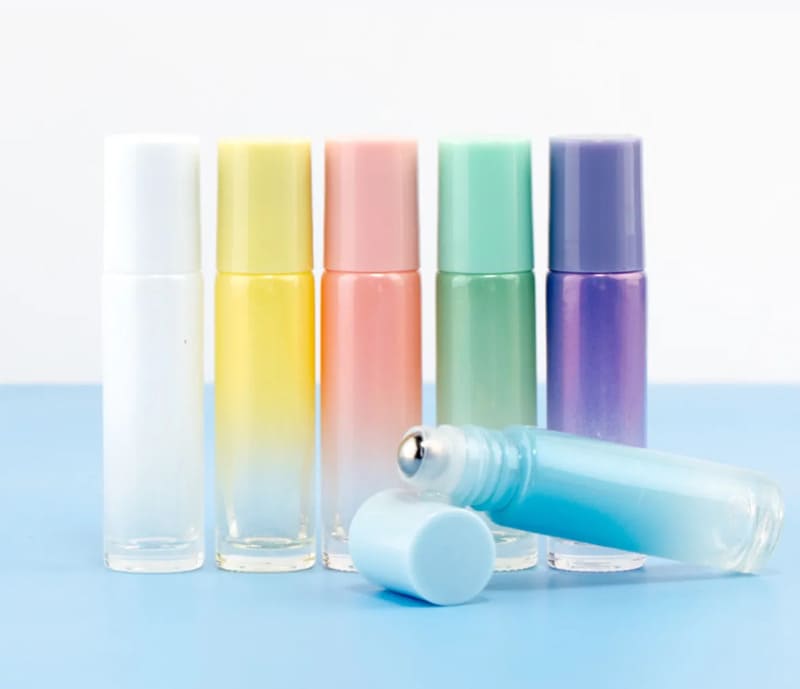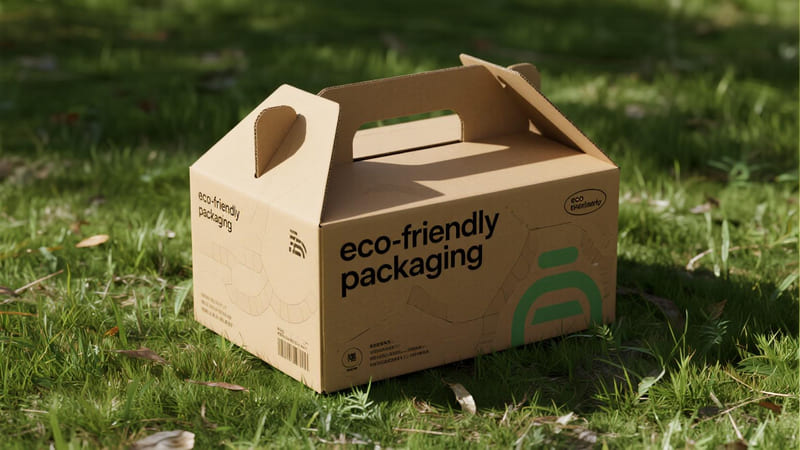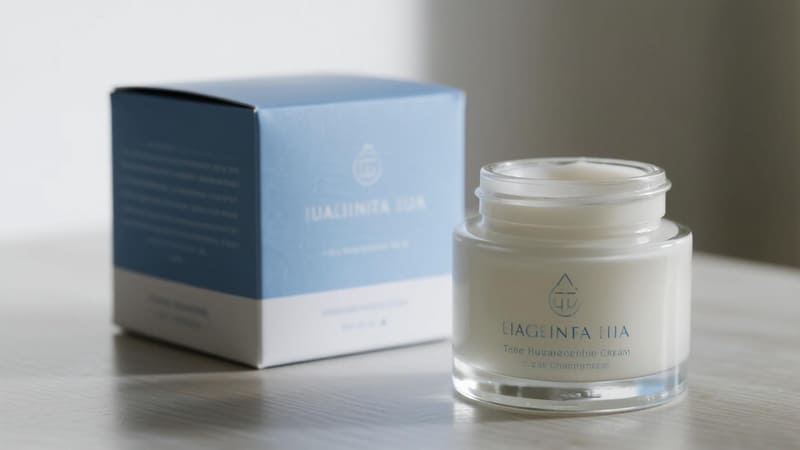The primary packaging for pharmaceutical and cosmetic products is the first line of defense and the most direct interface with the product itself. The methods and materials used are critically important for ensuring product integrity, safety, and efficacy, though the level of stringency is highest in the pharmaceutical sector.
Primary methods of pharmaceutical and cosmetic packaging involve containing the product in materials like glass, plastic, or metal. Common forms include bottles for liquids and solids, jars for creams, tubes for gels and ointments, blister packs for unit-dose tablets, vials and ampoules for injectables, and airless systems for sensitive formulations. The method chosen depends on the product’s form, stability, and dispensing needs.
As a global packaging manufacturer with ShineTop, we specialize in creating many of these primary packaging solutions, particularly for the cosmetics industry, but the underlying principles of protection and compatibility are universal. Let’s explore these primary methods in more detail.
What is the Primary Packaging of Pharmaceutical Products?
Primary packaging for pharmaceuticals is a highly regulated field where there is zero room for error. The packaging must protect the drug without interacting with it in any way that could alter its safety or effectiveness.
The primary packaging of pharmaceutical products is the container or packaging component that is in direct contact with the drug formulation. Common examples include blister packs, glass or plastic bottles, vials, ampoules, pre-filled syringes, pouches, and collapsible tubes. These materials must be non-reactive and provide an adequate barrier against environmental factors.
The choice of primary packaging is dictated by the drug’s dosage form (solid, liquid, semi-solid), its chemical properties, and its sensitivity to light, moisture, and oxygen.
Key Types of Pharmaceutical Primary Packaging:
-
Blister Packs:
- Description: A thermoformed plastic cavity (the "blister") sealed with a lidding material (usually aluminum foil).
- Use: The most common packaging for solid oral doses like tablets and capsules.
- Function: Provides unit-dose protection, tamper evidence, and a good barrier against moisture and gases.
-
Bottles:
- Materials: Glass (Type I, II, or III) or plastics (HDPE, PET).
- Use: For multi-dose solid tablets/capsules or liquid oral medications (syrups, suspensions).
- Function: HDPE provides a good moisture barrier for solids. Amber glass or opaque plastic protects light-sensitive liquids. Always used with a secure closure (often child-resistant).
-
Vials & Ampoules:
- Materials: Primarily glass (Type I borosilicate is common for its high chemical resistance), sometimes specialized plastics.
- Use: For parenteral (injectable) drugs, vaccines, and biologics, in either liquid or lyophilized (freeze-dried) powder form.
- Function: Ampoules are sealed glass containers for single use. Vials are sealed with a rubber stopper and aluminum crimp cap, allowing for single or multiple withdrawals.
-
Pre-filled Syringes:
- Description: A syringe that is pre-filled with a single dose of a drug.
- Use: For injectable drugs, especially biologics and vaccines.
- Function: Combines the drug container and delivery device, improving patient convenience, dosing accuracy, and safety.
-
Flexible Packaging (Pouches, Sachets, Bags):
- Materials: Often multi-layer laminates including aluminum foil for maximum barrier.
- Use: For single-dose powders, transdermal patches, or as IV bags for sterile solutions.
-
Collapsible Tubes:
- Materials: Aluminum or plastic.
- Use: For semi-solid preparations like ointments, creams, and gels.
- Function: Allows for controlled dispensing and protects the product from contamination.
What is the Primary Packaging Method?
The "primary packaging method" refers to the overall process and choice of container used to directly encase a product. It’s the first and most fundamental step in the packaging process.
The primary packaging method is the selection and application of the initial layer of packaging that is in direct contact with the product. This involves choosing a suitable container (e.g., bottle, tube, pouch) and closure system based on the product’s physical and chemical characteristics, with the main goals of containment, protection, and preservation.
The method is a strategic choice based on several factors:
- Product Form: Is it a liquid, solid, powder, gas, or semi-solid? This is the first determinant. You can’t package a liquid in a paper bag.
- Product Chemistry: Is the product sensitive to light, oxygen, or moisture? Is it oily, acidic, or alkaline? This dictates the required barrier properties and material compatibility.
- Dosage & Use: Is it a single-use product or multi-use? Does it require precise dosing? This influences the choice between a sachet, a blister pack, or a bottle with a pump or dropper.
- Safety & Regulatory Requirements: Does it need to be sterile? Child-resistant? Tamper-evident?
- Marketing & Brand Image: Does the brand want to convey luxury (glass), convenience (tubes), or sustainability (PCR plastic)?
Example of Choosing a Primary Packaging Method:
- Product: A new, light-sensitive antioxidant serum.
- Analysis:
- Form: Liquid.
- Chemistry: Sensitive to light and oxygen.
- Dosage: Requires small, controlled doses.
- Brand Image: Premium, scientific.
- Chosen Primary Packaging Method: Packaging in an amber glass bottle (light protection, inert) fitted with a glass dropper assembly (controlled dosing), and then placed in a secondary box. This is a method ShineTop frequently facilitates for skincare clients like Anna from Thailand.
What is the Primary Function of Pharmaceutical Packaging?
While all packaging has multiple functions, pharmaceutical packaging has one clear, non-negotiable primary function that stands above all others.
The primary function of pharmaceutical packaging is to protect the drug product from environmental factors (light, moisture, oxygen, contamination) and physical damage, thereby ensuring its safety, efficacy, and stability throughout its entire shelf life until it is administered to the patient.
All other functions, while important, are secondary to this core mission of protection and safety.
Breakdown of the Primary Function:
-
Protection from Environmental Hazards:
- Moisture: To prevent degradation of moisture-sensitive drugs.
- Oxygen: To prevent oxidation of sensitive active ingredients.
- Light: To prevent photodegradation of light-sensitive drugs.
- Microbial Contamination: To maintain sterility or prevent spoilage.
- Temperature Fluctuations: To a certain extent, though often requires specialized tertiary packaging (cold chain).
-
Protection from Physical Hazards:
- To prevent breakage, crushing, or damage to the dosage form (e.g., tablets chipping) during transport and handling.
-
Ensuring Drug Safety & Efficacy:
- By protecting the drug, the packaging ensures that the patient receives the correct dose of an unadulterated, effective medication.
- It must not interact with the drug in any way (no leaching from the packaging into the drug, no absorption of the drug into the packaging).
-
Containment & Identification:
- Securely containing the drug and providing clear, accurate identification to prevent medication errors.
While marketing and patient convenience are important, they can never compromise the primary protective function. A beautiful box is useless if the drug inside has degraded due to poor primary packaging.
What are the Different Types of Pharmaceutical Packaging?
Pharmaceutical packaging encompasses the entire system of components used to bring a drug from the factory to the patient safely and effectively. This includes the primary, secondary, and tertiary levels.
The different types of pharmaceutical packaging include primary containers like blister packs, bottles, vials, ampoules, and tubes; secondary packaging such as printed cartons, trays, and patient information leaflets; and tertiary packaging like shipping cartons and temperature-controlled containers. Specialized types also include child-resistant, tamper-evident, and compliance packaging.
This system ensures the drug is protected, identified, and used correctly.
Categorizing Pharmaceutical Packaging Types:
-
By Level (as discussed earlier):
- Primary: Blister packs, bottles, vials, etc. (direct drug contact).
- Secondary: Cartons, boxes, trays (houses primary packs).
- Tertiary: Shippers, pallets (for transport).
-
By Dosage Form:
- Solid Dose Packaging: Blister packs, HDPE bottles for tablets/capsules.
- Liquid Dose Packaging: Glass or plastic bottles for oral syrups, glass vials/ampoules for injectables.
- Semi-Solid Dose Packaging: Aluminum or plastic tubes for creams/ointments.
-
By Material:
- Glass Packaging: Vials, ampoules, bottles.
- Plastic Packaging: Bottles, blister packs, syringes, IV bags.
- Metal Packaging: Aluminum foils for blisters, aluminum tubes.
- Paper/Paperboard Packaging: Cartons, labels, leaflets.
-
By Special Feature (often a focus of custom packaging):
- Child-Resistant Packaging (CRP): Closures and packs designed to be difficult for young children to open (e.g., push-and-turn caps, special blister packs).
- Tamper-Evident Packaging (TEP): Features that make it clear if a package has been opened (e.g., shrink bands, induction seals, breakaway rings).
- Compliance Packaging: Packaging designed to help patients adhere to their medication schedule (e.g., calendarized blister packs that show which pill to take on which day).
- Anti-Counterfeiting Packaging: Features like holograms, special inks, or serialization (unique track-and-trace codes) to combat counterfeit drugs.
My client Mohammed from Iraq, who sources packaging for various products including some personal care items that border on cosmeceuticals, is always very interested in tamper-evident features for his packaging, a principle borrowed directly from the pharmaceutical world to build consumer trust.
Conclusion
The primary methods of pharmaceutical and cosmetic packaging are centered on selecting the right container—be it a bottle, jar, tube, or blister pack—to ensure the product’s integrity. For pharmaceuticals, the primary function is unequivocally protection and safety, dictating the use of highly inert and protective materials like specialized glass and plastics. While cosmetics share this need for protection, especially for active formulas, their packaging also places a strong emphasis on branding and user experience. Understanding these different types and their functions is crucial for creating packaging that is safe, effective, and successful in its respective market.

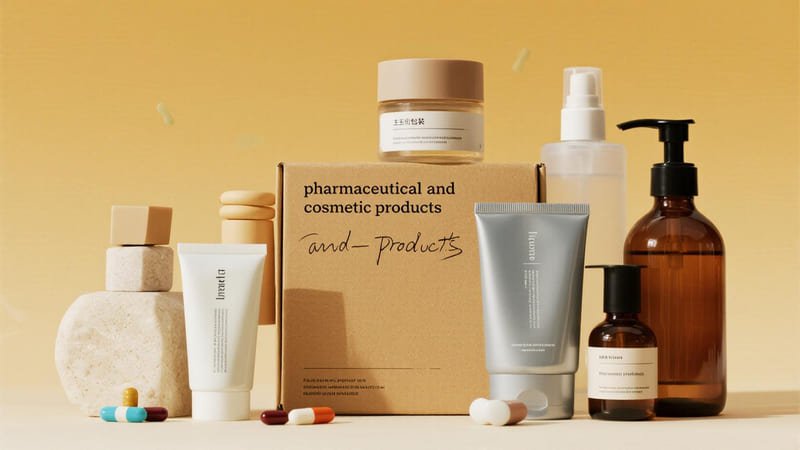
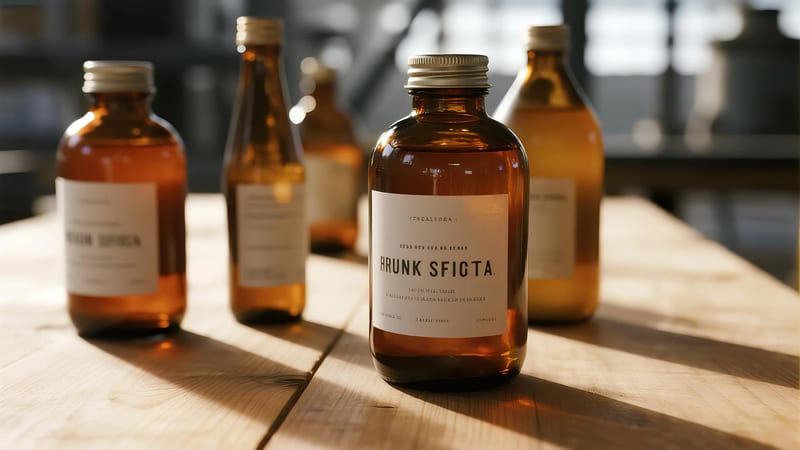
![A simple flowchart: Product -> [Primary Packaging Method: e.g., Bottling/Capping] -> Packaged Product diagram illustrating the concept of the primary packaging method](https://cospacks.com/wp-content/uploads/2025/07/diagram-illustrating-the-concept-of-the-primary-packaging-method.jpeg)


